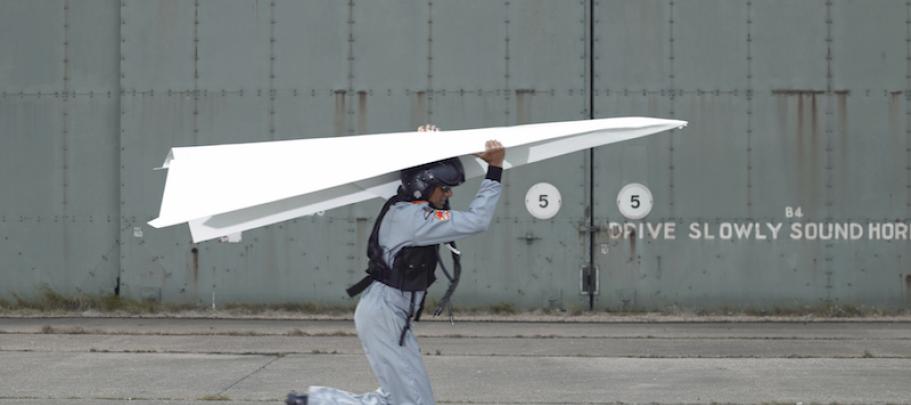
I’ve been thinking about all the writing I need to do, and how little time I have to do it.
That’s why I was glad I stumbled across the old notes I took when reading the book How to Write Fast Under Pressure by Phillip Vassallo.
Mr. Vassallo’s advice is consistent with that offered many how-to-write-fast experts: Don’t start writing until you have a strong sense of what you’re intending to accomplish.
“Hit the ground running with the end in mind,” writes Mr. Vassallo, by “knowing the road ahead, committing your ideas to writing, and devising a document plan."
If you’re trying to write quickly, it may seem counterintuitive to start slowly. But I have found that stepping away from the keyboard and thinking about how I want to approach a piece of writing speeds up the process.
What’s not helpful, advises Mr. Vassallo, is some version of “automatic writing:” just spewing out sentence after sentence, and hoping you will be able to shape it later.
Too often, you end up with a hot mess that you then have to painstakingly take apart and then figure out how to put it back together into something coherent.
Here are 5 suggestions to speed up your writing process:
- Use the approach that works for you. Once they’ve planned their approach, some writers prefer to bang out copy at a quick rate, then go back and edit. My preference is to shape each sentence until it’s really tight, then move on to the next, so very little editing is needed. You should use whichever method you’re more comfortable with.
- Write to a word count. Why create 500 words when you only need 150? Precise word counts are a busy writer’s friend.
- Forget what you learned in school about complete sentences and well-constructed paragraphs. It’s faster to create bulleted lists and other chunky copy, and it’s more effective, too, to appeal to today’s time-pressed readers.
- Allow for percolation time. Once you’ve got a first draft, go do something else before coming back to take another look. Even a short amount of time away from your writing will give you a fresh perspective.
- Ask for help. Request that a colleague take a quick look at your draft. In just a few minutes, you’ll get feedback that will improve your end product.




